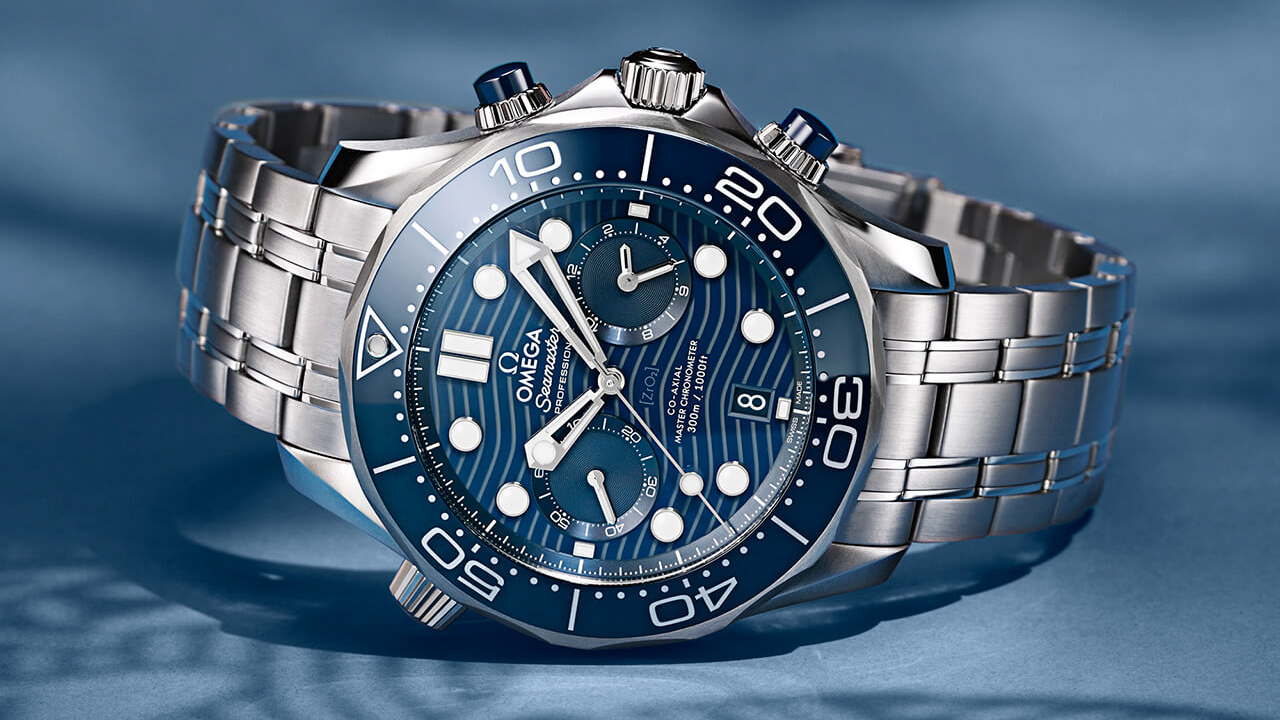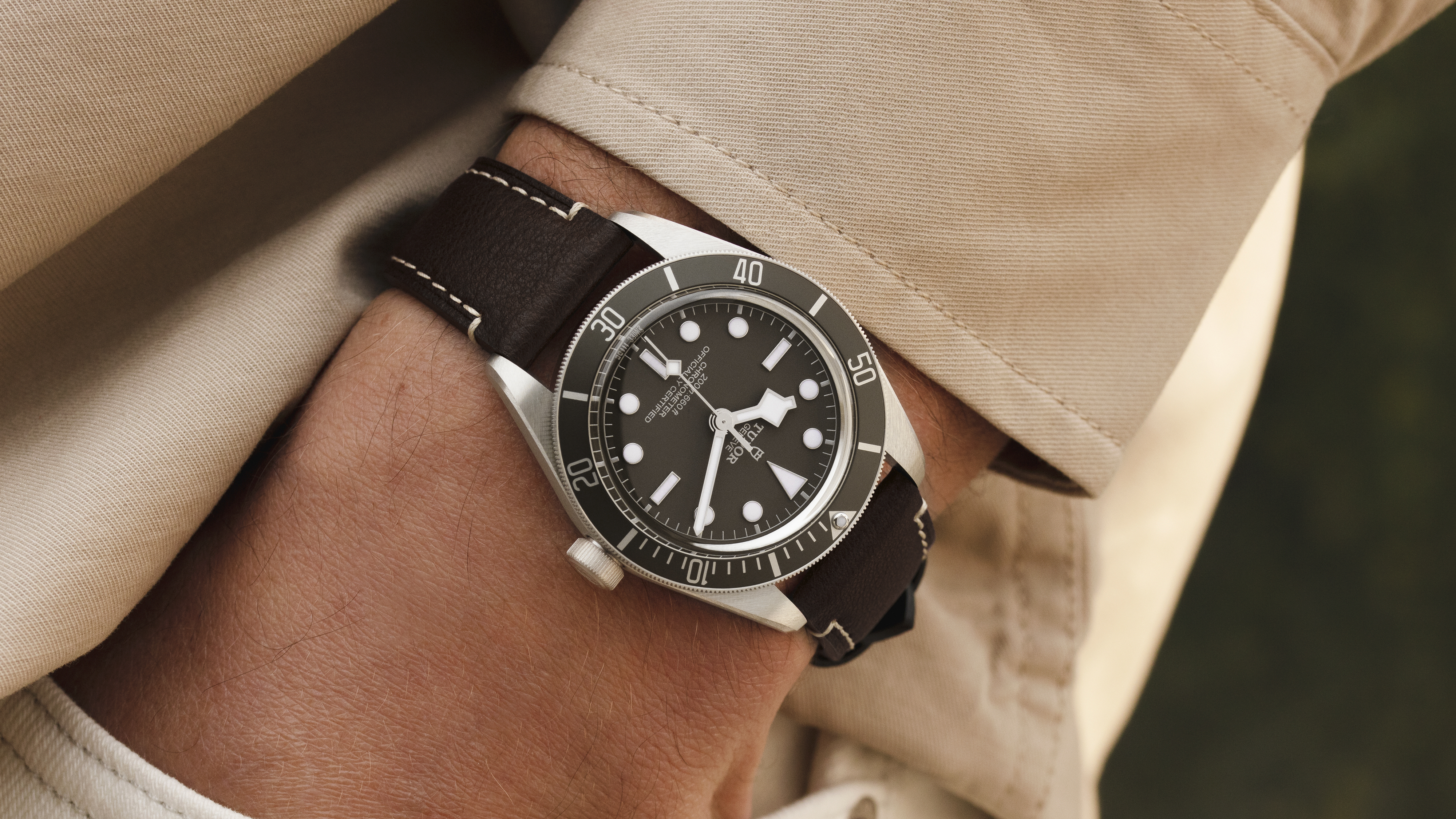What makes a dive watch a dive watch?
A complete guide to understanding exactly what a dive watch is and why you'd want one


When asked to think of a dive watch, most watch fans can probably picture something like an Omega Seamaster or Rolex Submariner in their mind’s eye. With their steel bracelets, rotating bezels, blue colourways and water resistance to hundreds of metres, these are the quintessential dive watches.
More specifically, a dive watch should only be labelled as such if it satisfies requirements set out by ISO standard 6425. Introduced in 1996 and most recently updated in 2018, this standard describes a watch that meets a set criteria to ensure it can be used reliably underwater and in other extreme conditions.
- Best dive watch: stylish watches to suit any budget
- T3's guide to the best watches for men
- The best watches under £1000
Water, condensation and temperature resistance
Water resistance to 100 metres is the minimum requirement, but most dive watches can handle depths of 200 metres or more. And it is worth remembering that the depth written on your dive watch is somewhat conservative, as dive watches are tested in still water at 125% of their quoted depth rating. Therefore, a watch labelled as being water-resistant to 200 metres will have been tested at 250 metres.
A quick note on water resistance. With a new watch, you’ll have nothing to worry about, but if you intend to go diving with an older timepiece we recommend you get it pressure tested beforehand, as the seals might not be as tight as they once were.
A dive watch must also shrug off condensation. This is tested by sitting the watch on a plate heated to between 40 and 45 degrees celsius until the watch itself has reached that temperature. Water is then placed on the glass of the watch and wiped off after one minute. If no condensation forms under the glass, then the watch passes the test.
Further tests see the crown and any exterior buttons subjected to five newtons of force perpendicular to their position on the case. Water tightness is tested by firing water under pressure at the watch for two hours, then reduced to a lower pressure and maintained for another hour.
Next up, the watch is subjected to water at 40 degrees celsius, then five degrees, then 40 degrees again at one-minute intervals.
Get all the latest news, reviews, deals and buying guides on gorgeous tech, home and active products from the T3 experts

Legibility
As well as water resistance, dive watches need to be legible at a distance of 25cm, have clear distinctions between the minute and hour hands, and have an indication that the watch is running. In other words, a constantly moving (and illuminated) second hand is required to show the watch is working at a glance. A dive watch must also display the time in zero ambient light, either with lume or an illuminated digital display.
We spoke about the bezels of iconic dive watches earlier, and while for many wearers these are decorative items, a unidirectional bezel is an example of a time-preselecting device, which a dive watch must-have. This can take the form of a digital display, but for analogue watches, a unidirectional rotating bezel is the way to go; the bezel must have a scale showing 60 minutes with markings for every five minutes.
The bezel must be easy to grip and rotate, but tight enough so not to be moved by mistake. They also tend to have a luminous marker at the zero position to make the bezel easier to set and read.

Toughness
Next up is magnetic resistance. In this case, the watch must keep time to an accuracy of plus or minus 30 seconds per day while exposed to a direct current magnetic field of 4,800 amperes per metre.
Toughness is also an important factor. To test this, two shocks are delivered to the watch on the nine o’clock side and on the crystal perpendicular to the face, using a hard plastic hammer weighing 3kg. So long as the watch doesn’t lose or gain more than 60 seconds per day after the two hammer strikes, the watch passes the test. Lastly, a force of 200 newtons is applied to each spring bar holding the strap to the case.
Ultimately, very few dive watches are bought exclusively for their passing of the ISO 6425 standard. Many examples have become fashion statements like most other watches. They can be worn every day and suit almost all outfits, yet carry a powerful backstory and, through a rigorous testing process, live up to their deep-sea credentials.
Liked this?
- Best outdoor watches
- Best watch winders: keep your timepiece ticking away
- Best Rolex watches
- Best Omega watches
Alistair is a freelance automotive and technology journalist. He has bylines on esteemed sites such as the BBC, Forbes, TechRadar, and of best of all, T3, where he covers topics ranging from classic cars and men's lifestyle, to smart home technology, phones, electric cars, autonomy, Swiss watches, and much more besides. He is an experienced journalist, writing news, features, interviews and product reviews. If that didn't make him busy enough, he is also the co-host of the AutoChat podcast.
